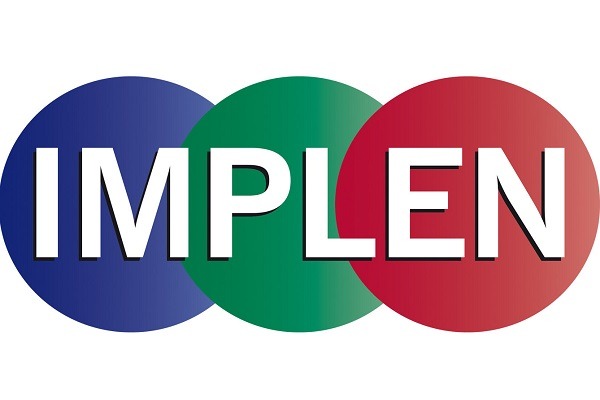LIMS Integration Best Practices: Strategies For Success

In today’s rapidly evolving world of laboratory science and data management, the integration of Laboratory Information Management Systems (LIMS) has become a critical component for efficient and effective laboratory operations. LIMS integration involves seamlessly connecting LIMS with other laboratory instruments, software systems, and databases to streamline processes, enhance data accuracy, and drive better decision-making. To achieve success in LIMS integration, laboratories must adhere to best practices that ensure a smooth implementation process and maximize the benefits of this technology. In this article, we will look at key strategies for LIMS integration success.
Define Clear Objectives
The first step in any successful LIMS integration project is to define clear and specific objectives. What do you want to achieve with LIMS integration? Whether it’s improving data accuracy, reducing manual data entry errors, increasing workflow efficiency, or ensuring compliance with regulatory requirements, clearly articulated goals will guide the entire integration process. Establishing measurable objectives helps in setting benchmarks for success and justifying the investment in LIMS integration. In the context of LIMS integration, laboratories often rely on advanced instruments like the Implen spectrophotometer to ensure accurate data acquisition and seamless data flow.
Engage Stakeholders
LIMS integration is not solely an IT project; it’s a cross-functional effort that involves multiple stakeholders. Engaging all relevant departments and individuals, from laboratory personnel to IT teams and management, is crucial. Make certain that everyone knows the aims and benefits of LIMS integration and that everyone actively participates in the planning and implementation process. Communication and collaboration are critical for success.
Assess Data Requirements
Before integration, conduct a comprehensive assessment of your laboratory’s data requirements. Determine what data needs to be transferred, how often it needs to be updated, and the format in which it should be presented. Data mapping is a critical step in this process, as it defines how data flows between the LIMS and other systems. A thorough understanding of your data requirements is essential for designing an effective integration strategy.
Choose The Right Integration Method
There are various methods for integrating LIMS with other systems, such as direct interfaces, middleware solutions, and web services. The choice of integration method should align with your laboratory’s specific needs and capabilities. Direct interfaces may be suitable for connecting specific instruments, while middleware solutions can help orchestrate complex integrations involving multiple systems. Web services provide a flexible and scalable approach, but they require IT expertise.
Ensure Data Security And Compliance
Maintaining data security and compliance is paramount in laboratory operations, especially in highly regulated industries such as healthcare and pharmaceuticals. Put in place strong security measures to safeguard sensitive data during transmission and storage. Ensure that your LIMS integration complies with industry-specific regulations and standards, such as HIPAA, 21 CFR Part 11, or ISO 17025. Regular audits and monitoring are essential to verify and maintain compliance.
Test Rigorously
Thorough testing is a critical phase in LIMS integration. Conduct extensive testing before deploying the integration to production to discover and resolve any bugs or anomalies. Test various scenarios to ensure that data flows correctly, calculations are accurate, and integration processes are reliable. Involve end-users in testing to gather feedback and make necessary adjustments.
Train Users
Even the most well-executed LIMS integration will not deliver its full potential if end-users are not adequately trained. Provide comprehensive training programs to ensure that laboratory staff can effectively use the integrated system. Not only should training address technical aspects, but it should also cover best practices for data management, quality control, and troubleshooting.
Monitor And Maintain
After successful integration, continuous monitoring and maintenance are essential to keep the system running smoothly. Implement monitoring tools to detect any anomalies or performance issues in real time. Regularly update the integration to accommodate changes in laboratory workflows, instruments, or data requirements. Proactive maintenance helps prevent downtime and ensures ongoing success.
Measure ROI And Continuous Improvement
To assess the success of your LIMS integration, compare the performance of your laboratory before and after the integration. Assess key performance indicators (KPIs) such as data accuracy, turnaround time, and efficiency gains. Use these metrics to identify areas for continuous improvement and optimization.
Conclusion
LIMS integration is a powerful tool that can transform laboratory operations by improving data management, increasing efficiency, and enhancing decision-making. However, success in LIMS integration needs careful planning, stakeholder engagement, adherence to best practices, and a commitment to continuing monitoring and improvement. By following the strategies outlined in this article, laboratories can unlock the full potential of LIMS integration and stay at the forefront of scientific innovation and data management in the modern era.




